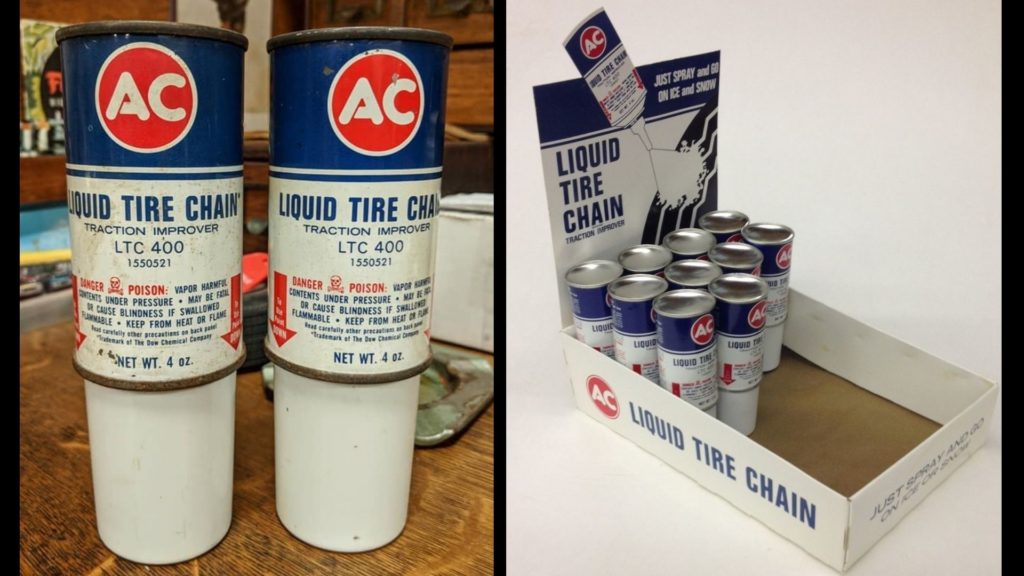
One of the biggest risks when it comes to driving in winter conditions is losing tire traction. People invest in chains, winter tires, and studs to avoid this problem, but there was a time when General Motors thought the best solution was a spray applied to the tire treads. The Liquid Tire Chain was a strange, short-lived innovation many have forgotten ever existed.
Do electric motorcycles have a place in the military?
Launched by GM for most 1969 Chevrolets as option V75, only some shoppers dared try the Liquid Tire Chain Traction Dispenser feature on their Chevrolet. The idea was in slippery winter conditions, the driver just had to flip a switch on the dashboard, activating twin aerosol canisters mounted over the rear drive tires.

As you might have already guessed, those canisters contained a liquid that was supposed to make the tires grip better. In freezing temperatures, most tire compounds harden so they don’t grip as well. The spray compound was supposed to soften the tires up so they could gain traction on snow and ice.
People who owned cars with this feature debate whether or not it actually worked. Some claim the nozzles on the inner fenders would clog up with salt and road grime, rendering them useless. Others say that wasn’t really true.
Certain old timers claim the solvent did in fact improve tire traction in freezing temperatures, but others claim it just made a mess. Not many people experienced option V75 firsthand since GM only recorded about 2,600 orders for the option in 1969. It was dropped for the 1970 model year.

Enthusiasts have argued about why the Liquid Tire Chain was dropped by GM. Ultimately, nobody seems to have a definitive answer, even if they claim to have special insider knowledge. One can assume it went away because not many consumers were interested in the option, but there might have been more behind the decision.
Some have wondered why anyone in their right mind would’ve opted for the Liquid Tire Chain option instead of just buying a set of winter tires. Back in the late 60s, snow tires were a far cry from what we have today. Not only were they more expensive and required storage the rest of the year, they didn’t last nearly as long.

GM decided it could romance people with this cheaper alternative that was always ready to dispense. It wasn’t a bad idea but the Liquid Tire Chain never really caught on.
Modern snow tires are made of a compound that doesn’t freeze as easily. Since they’re softer than most other tires, driving on them in warmer temperatures will wear them out faster. In winter conditions, they also use siping and more aggressive, specialized tread patterns to gain traction on snow, slush, and ice, giving vehicles traction where other tires might be essentially useless.
Images via GM, Facebook






1 thought on “Liquid Tire Chain Was A Wild 1960s Invention”